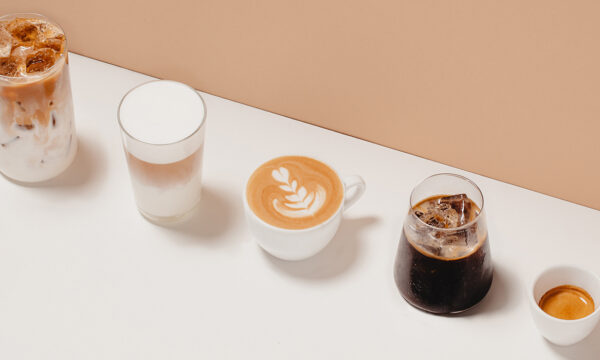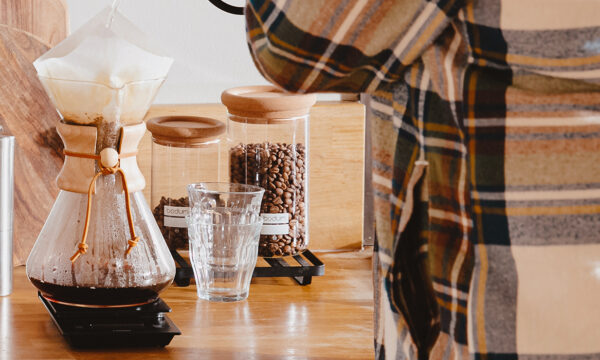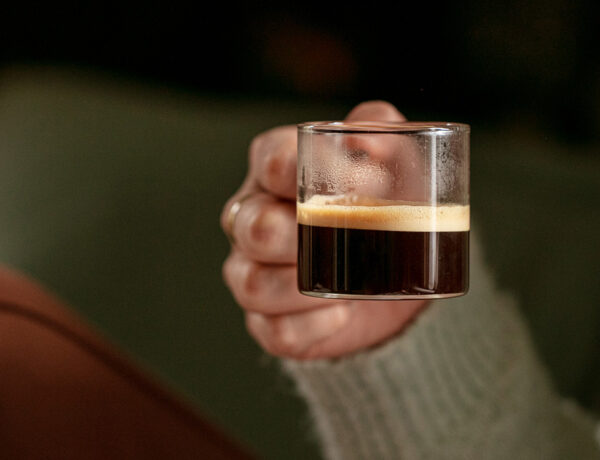
- Home
- Coffee grind: choosing the right grind for your coffee maker!
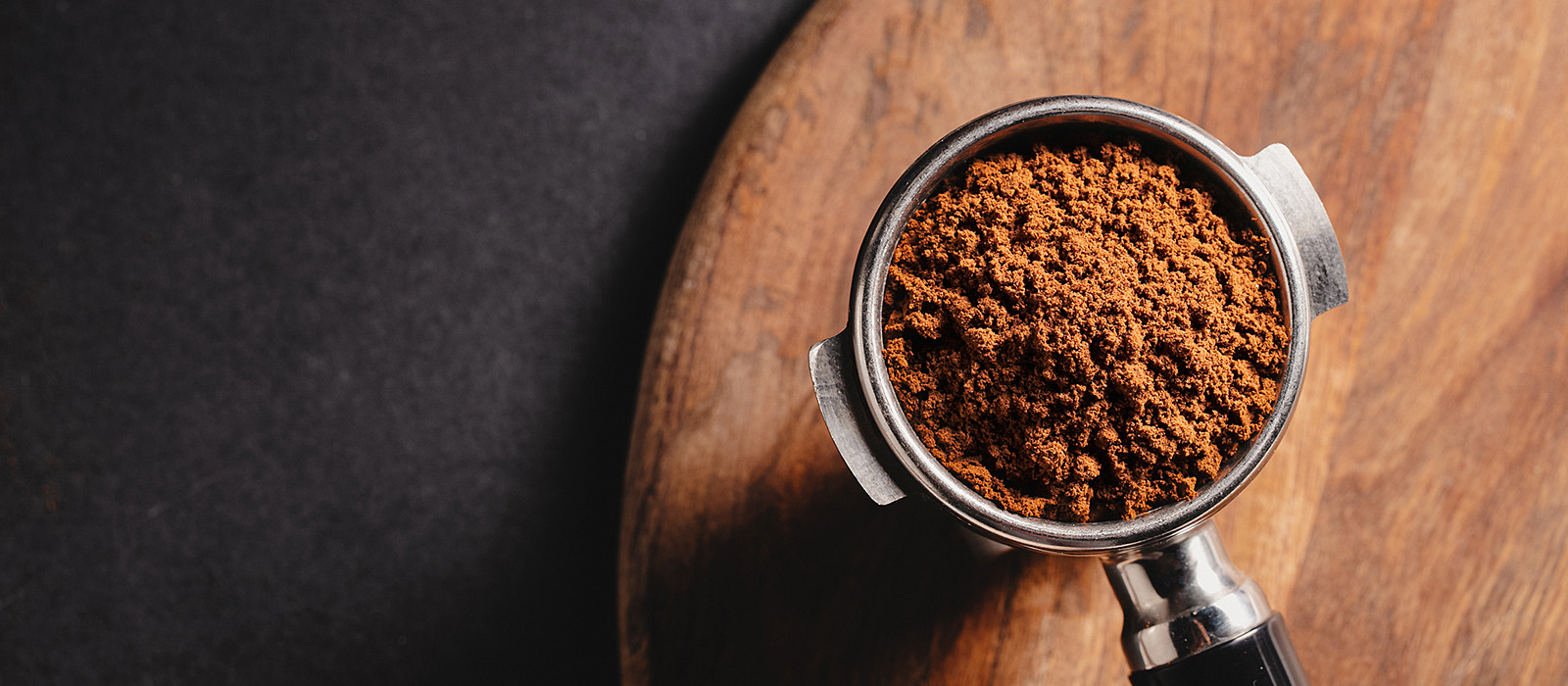
Coffee grind: choosing the right grind for your coffee maker!
Written by Julie
Reading time 4 minAs regular readers of the MaxiCoffee blog will know, there are a number of different elements that go into making a great cup of coffee. Today, I’m going to focus on one of the most crucial: coffee grind size. Your choice of coffee is an important step in itself, but the grind size counts just as much. After all, the last thing you would want to do is waste that carefully chosen specialty coffee… The first lesson here is that there is no “one-size-fits-all” solution to grinding coffee. The optimum coffee grind size will always depend on the device being used to make coffee. Each piece of equipment – from a manual espresso machine to a moka pot, from a drip coffee maker to a French press – has its own special requirements. Let me show you what I mean…
The right coffee grind for a great coffee!
You may think that only pedants or proper coffee geeks would care about the coffee grind size of their coffee. Well, think again! Your coffee will only turn out how you want it if the beans have been suitably ground for the equipment being used.
But why coffee grind size so important?
It’s very simple really: each piece of equipment is designed to extract coffee using a unique method and (here’s the important part) in a specific amount of time. As such, to get the best out of your coffee, the water must pass through the grind at a certain speed – sometimes quickly, sometimes more slowly. If you’ve picked the wrong grind for your coffee equipment, you’ll know about it as soon as you taste your coffee:
- If the water flows too quickly through the coffee grind, it will not have time to absorb the flavours. Your coffee will be under-extracted. In other words, it will be very diluted and weak. In France, we’ve got a great expression for it: sock juice!
- If the water flows too slowly – or not at all – the flavour will become too strong, overpowering even. The coffee will be over-extracted. It will be extremely concentrated and will have a very bitter taste.
Which coffee grind size for which equipment?
To distinguish between different grind sizes, you’ll have to call on two of your five senses: sight and touch. You’ll get the hang of it soon enough, we promise!
The best grind size for a manual espresso machine
Of all the options available to you, manual espresso machines are capable of extracting coffee in the quickest time. To be precise, an espresso takes between only 20 and 30 seconds to pour! The contact time between water and coffee will therefore also be very short. It’s important to make sure that the water doesn’t pass too quickly through the coffee, however, as it needs enough time to absorb the flavour of the coffee. You’ll therefore need a very fine grind : it will slow the flow of the water and ensure that it moistens all of the compacted coffee grounds. As you can see below, the required grind is very fine and leaves practically no marks on your fingers.
Our expert tip
If you’ve got a manual espresso machine, be sure to get a grinder to go with it (either electric or manual, able to produce an espresso grind). Trust us, it’s well worth the investment: as well as giving you a fine, precise and even grind, coffee made with freshly ground beans will have a richer and more intense flavour.
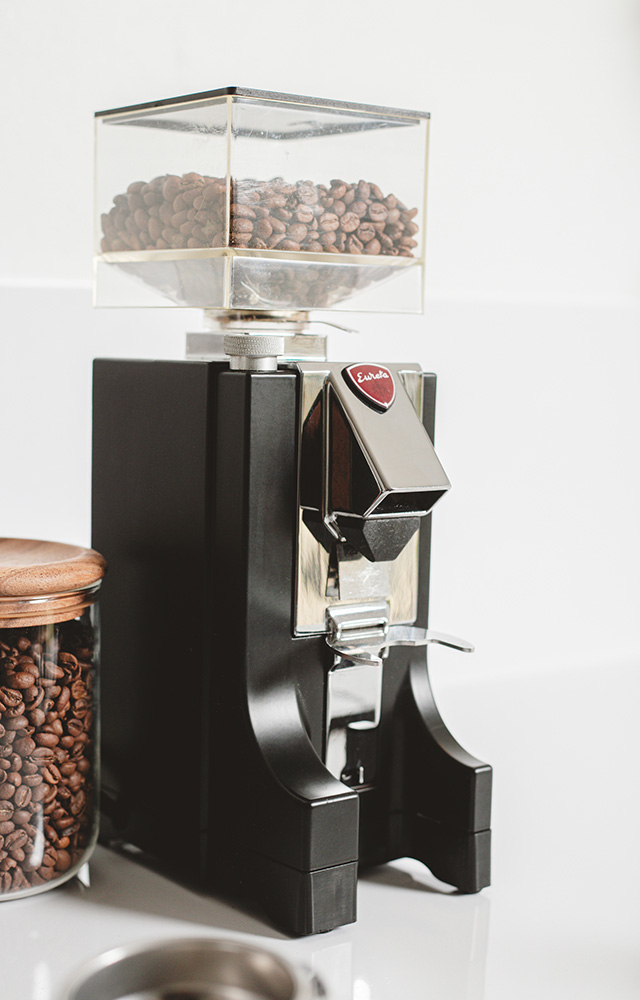
The best coffee grind size for a Moka Pot coffee maker
Moka pots, also known as Italian coffee makers, take longer than a manual espresso machine to extract a cup of coffee (a few minutes or so). Because of their unique method of extraction, moka pots require a relatively fine grind, albeit coarser than the grind used for espresso machines.
The best coffee grind size for an electric drip filter coffee maker
Let’s look at electric drip filter coffee makers now. Depending on the water diffusion system used, the infusion time will generally range anywhere between 3 and 5 minutes. They therefore require a grind size that will allow the water to circulate more easily, while giving it enough time to extract the coffee flavours. You should therefore use a medium-fine grind. If you’re wondering whether you’ve got the right grind size, compare your grounds with granulated sugar – they should be roughly the same size.
The best coffee grind size for French press and slow coffee devices
Last but not least, we’ll finish with two of the most popular methods for making coffee at home: the French press and other slow coffee devices (Chemex, D-Kanta, Hario V60, etc.). Indeed, with these types of equipment, infusion takes between 4 and 5 minutes. As you’ll have gathered by now, the water needs to circulate more easily, which calls for a coarser grind.
We have a section for French Press Coffee Grind and Slow Coffee Grind.
As you can see below, don’t be scared of using coffee with uneven and (sometimes) very coarse grounds. Be wary about using a fine grind, as this may result in a bitter-tasting coffee. Worse still, for a French press at least, fine grounds might pass through the filter and end up in the last place you want them: in your cup!
You’re now armed with all the knowledge you’ll need to become a coffee grindmaster. All that’s left is to put the theory into practice… Good luck!
Discover all of our articles


